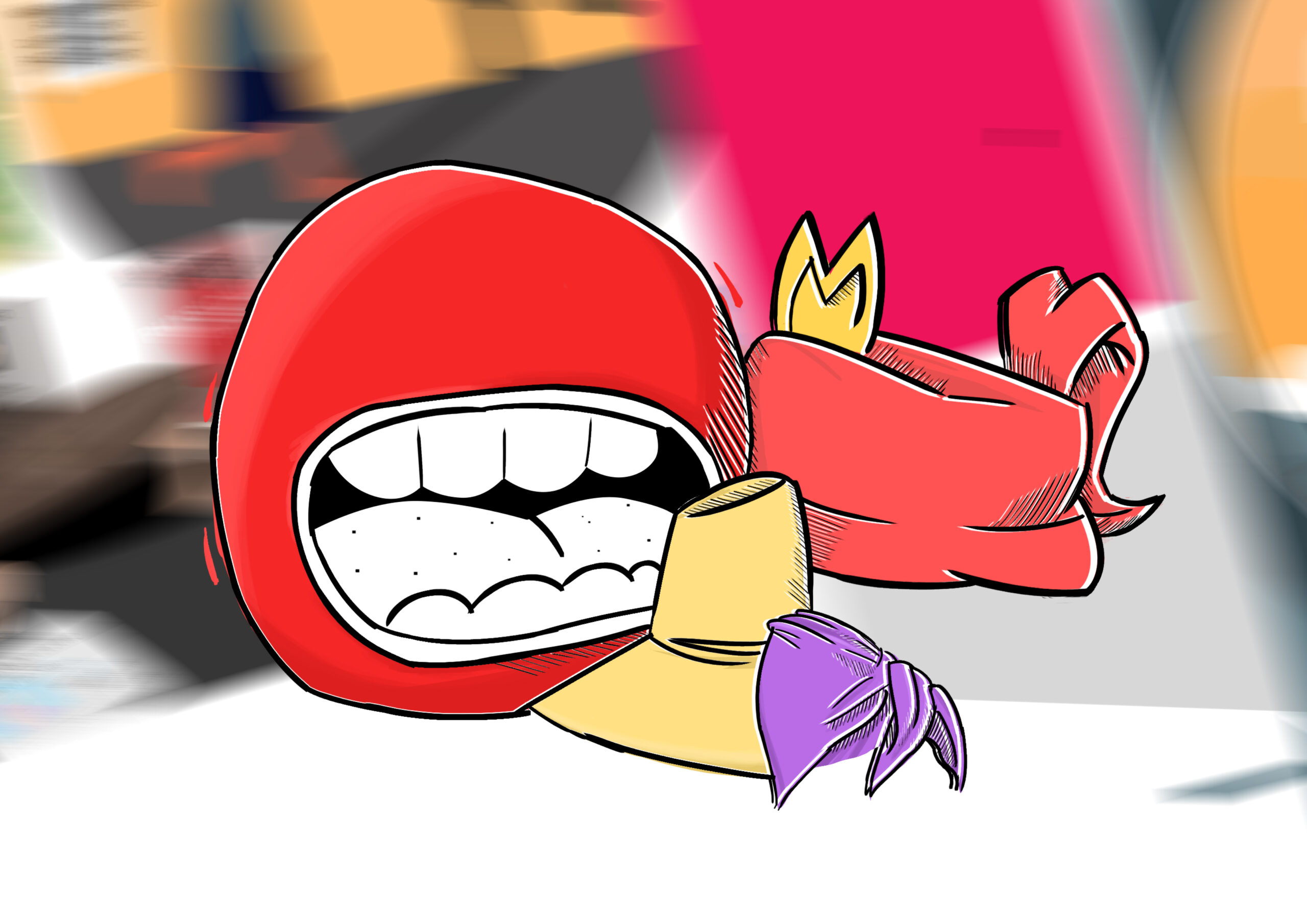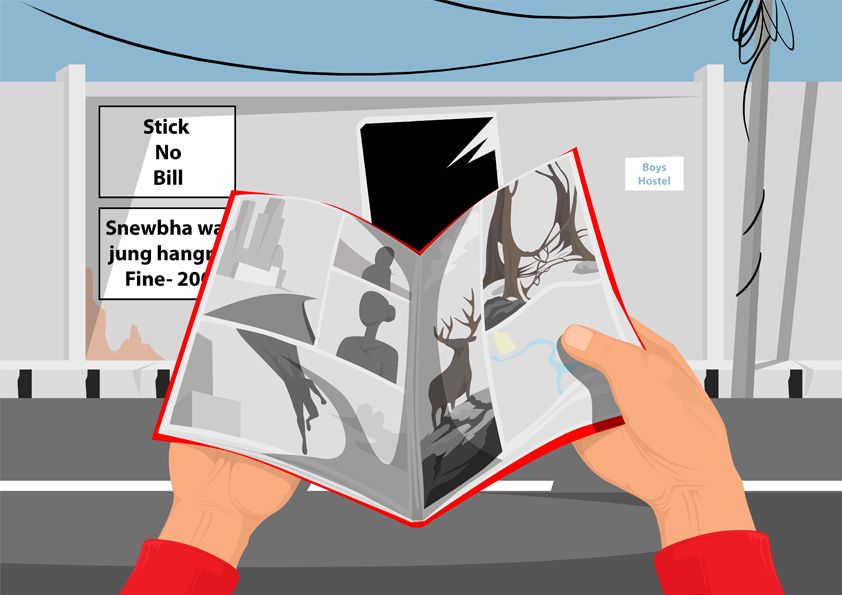In the realm of literature, comic books and graphic novels have often been relegated to the margins, criticized for their perceived lack of sophistication and alleged corrupting influence on young minds. Critics have historically dismissed comics as a medium suitable only for a low-brow audience. However, over time, comics have proven their educational value, fostering creativity, engagement, and critical thinking among readers. Renowned cartoonist Scott McCloud has been a vocal advocate for dispelling stereotypes surrounding comics, emphasizing their power in conveying the human experience through a combination of pictorial and textual elements.
The Evolution of Indian Comics
In recent years, comic books and graphic novels have found a place of recognition in educational and social settings, serving as a platform to address various social issues. The grassroots comics movement initiated by World Comics India (WCI) in the Indian context has played a pivotal role in empowering ordinary people to share their stories and address societal problems through comics. This movement has particularly focused on highlighting the struggles of groups facing discrimination, prejudice, and stereotypes.
The trajectory of comic books in India showcases a remarkable transformation. Initially featuring children-oriented tales, comics have evolved to encompass stories related to society, history, religion, and more. The readership has expanded to a universal audience, transcending age barriers. Early publications like Chandamama in post-Independent India delved into ancient epics like Ramayana and Mahabharata, while imported Western comics further fuelled the interest in the medium. The 1960s marked the entry of comics into the mainstream, with publications like Deewana magazine offering a revolutionary take on social satire. The 1970s and 1980s witnessed a surge in competition among publishing houses, with iconic characters like Chacha Chaudhary, Nagraj, and Doga gaining popularity.
Indian comics continued to evolve, addressing social and political issues. Noteworthy examples include River of Stories by Orijit Sen, exploring the socio-political and environmental aspects of the Narmada Dam Project, and works like Kari and Sudershan addressing gender issues and the fickleness of fame in the Bollywood industry, respectively.

Northeast India in Comics
The Northeastern region of India has witnessed a growing appreciation for comics, which have become a means of entertainment, artistic expression, and activism. Organizations like North East Network and World Comics India have played crucial roles in utilizing comics to bring attention to issues faced by the region’s people. Grassroots efforts, such as workshops conducted by these organizations, have empowered the youth to use comics as a tool for highlighting social injustices and cultural nuances.
In Meghalaya, Mangkara Comics has emerged as a leader in revitalizing the art form, building on the work of local artists from the 1980s. The comics aim to provide a platform for self-expression and foster an appreciation for the medium among readers. Educational institutions in Manipur have embraced comics as a supplementary teaching tool, introducing academic comics for subjects like environmental education. Th Kirankumar’s Folktales of Mao, Maram and Poumai and Alyson Abonmai’s The Final Head exemplify efforts to preserve cultural richness and traditions through comics.
Moreover, comics have become a powerful medium for addressing contemporary issues in the region. P. Mario K. Pathaw’s Tynrai, set in Meghalaya, explores the urgency of preserving nature and the consequences of human exploitation. The graphic novel weaves together folktales, cultural depictions, and the Khasi language, promoting sustainable development and cultural awareness.
Comics for Social Change
Comics in Northeast India have transcended mere entertainment, evolving into a potent tool for societal change. Initiatives like Comics for Social Change by students from Don Bosco University and the ‘New Ways’ project by World Comics India actively engage young people in creating comics that raise awareness about diverse social issues. These projects address topics ranging from education and the environment to health, politics, and domestic violence. By using comics, they aim to challenge stereotypes and facilitate dialogue on critical societal issues.
Collaborations between organizations like Mizoram Artists’ Society and World Comics India have resulted in impactful campaigns addressing social and environmental issues. Wall poster comics, such as Kawhhmuhtu (the Pointer), have been effective in disseminating information and empowering the youth to illustrate topics relevant to their lives.
Preserving Cultural Heritage through Comics
Comics have become a medium for preserving and reviving traditional stories and folktales. Artists like Joshua Rynjah have re-imagined Khasi folktales in graphic novel form, ensuring that age-old stories remain accessible to modern audiences. Bhawani Pradhan’s Athak Pathik in Sikkim and Alok Dasgupta’s Senapati Ray Kachag in Tripura illustrate the lives of significant personalities, contributing to the preservation of regional history and culture.
The Importance of Representation
The Northeastern part of India has long been marginalized in academic and public discourse. Comics have emerged as a potent tool for challenging stereotypes and bringing the region into mainstream attention. By promoting alternative narratives, comics contribute to debates on identity, ethnic violence, and immigration, fostering a more nuanced understanding of Northeast India.
Incorporating Visuals for Effective Communication
Comics, with their visual and light-hearted nature, have transformed the way readers perceive and think about societal issues. U Jler Comics, an initiative by Bhogtoram Mawroh, explores a diverse range of local and global issues, providing readers with insights into socio-political, religious, and cultural aspects of life within Meghalaya. The satirical themes of Sudden Muanga, a Mizo adaptation of a Western character, lampoon the political and religious leaders of 1970s Mizoram.
Conclusion
Comics have become an invaluable medium for representing the voices and experiences of Northeast India. From grassroots movements to educational initiatives, comics have transcended their traditional role to address social issues, preserve cultural heritage, and bring about societal change. As artists and scholars continue challenging mainstream perceptions, comics have become a powerful tool for reshaping narratives and fostering a more inclusive understanding of the region. The visual and accessible nature of comics makes them an ideal vehicle for communication and education, ensuring that the diverse voices of Northeast India find resonance within the national and global discourse.
Datngenlut Suchiang is a Research Scholar at the Centre for Russian and Central Asian Studies, School of International Studies, Jawaharlal Nehru University, New Delhi.

